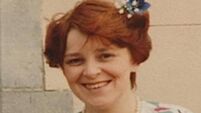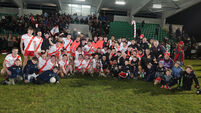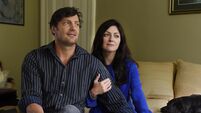Maiden flight for solar-powered plane
The Solar Impulse, which has 12,000 solar cells built into its wings, is a prototype for an aircraft intended to fly around the world without fuel in 2012.
It glided for 87 minutes above western Switzerland at an altitude of 3,937 feet with German test pilot Markus Scherdel at the controls.














